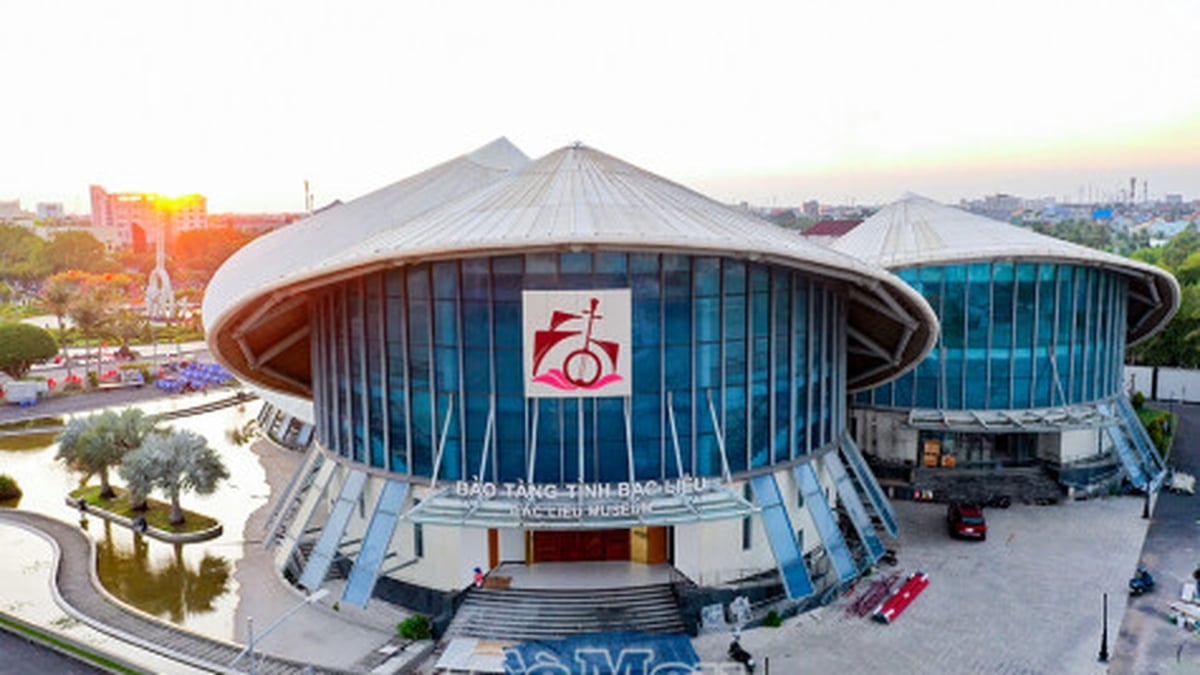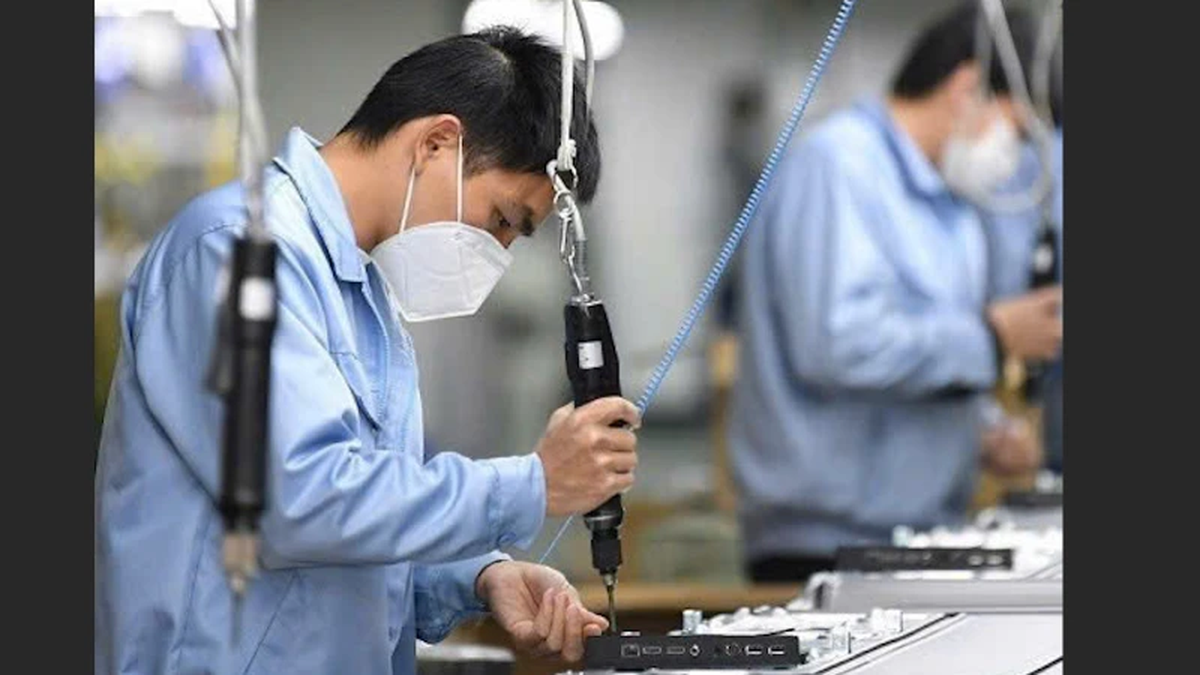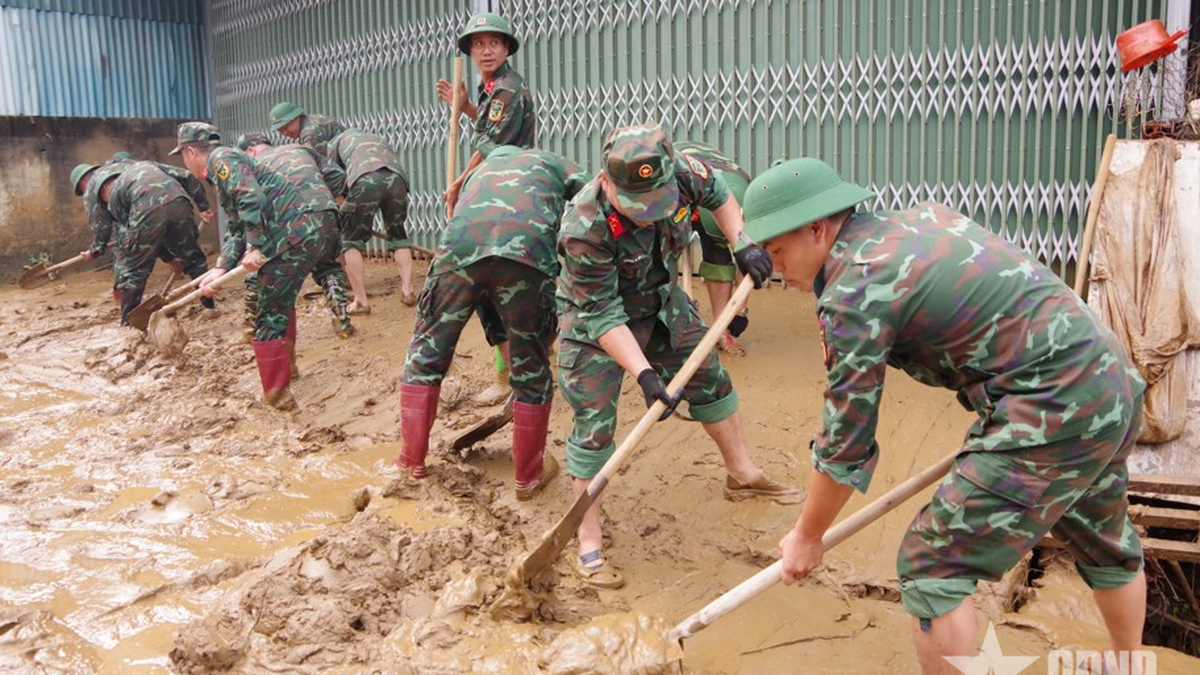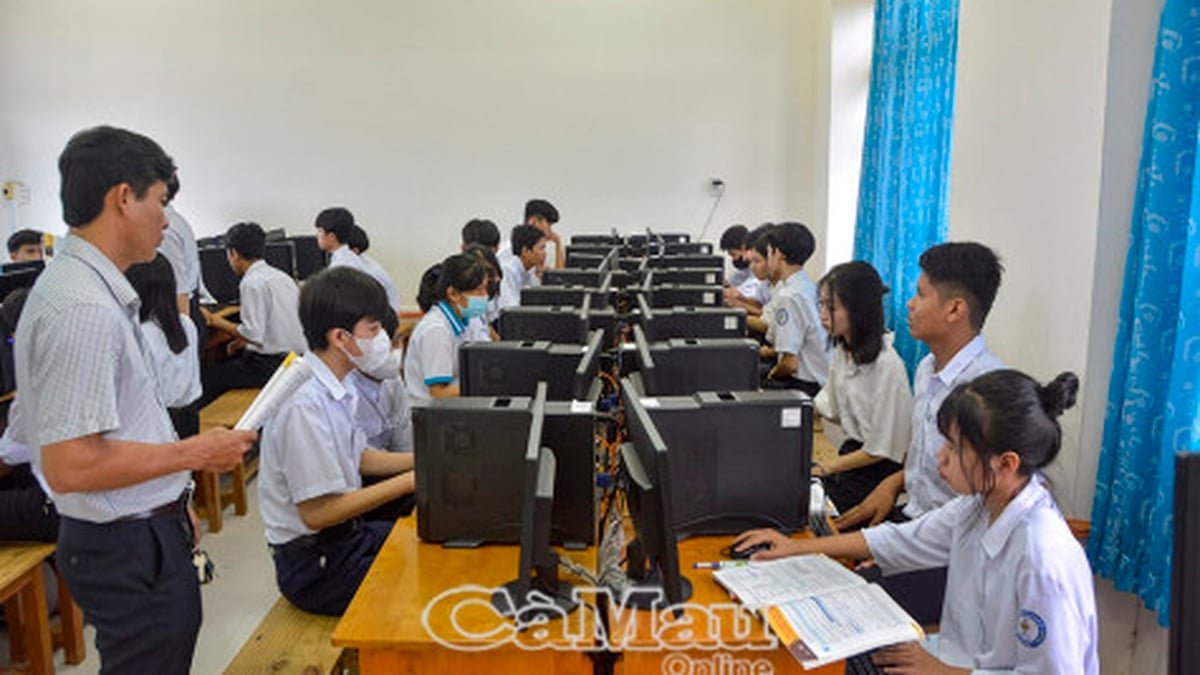Extreme heat has scorched Southeast Asia in recent weeks, forcing thousands of schools to suspend in-person activities and authorities to issue health warnings, according to AFP .
Many schools in the Philippines do not have air conditioning, leaving students feeling stuffy in crowded, poorly ventilated classrooms.

Children bathe on a hot day in Manila (Philippines) on April 25 Reuters
"In light of the latest heat index forecast… and the announcement of the nationwide transportation strike, all public schools nationwide will implement asynchronous/distance learning classes on April 29 and 30," the Department of Education said on Facebook today, April 28. The department oversees more than 47,000 schools across the Philippines, according to AFP.
Minibus drivers also plan to hold a three-day nationwide strike from April 29 to protest the government 's plan to phase out the smog-emitting vehicles used by many Filipinos to get to work and school.
Temperatures in the capital Manila hit a record high of 38.8 degrees Celsius on April 27, with the heat index (how much body temperature feels like) reaching 45 degrees Celsius. Tarlac province, north of Manila, recorded a temperature of 40.3 degrees Celsius.
To cope with the extreme heat, the Philippine Department of Education had earlier approved a gradual shift to the old school calendar so that students would have a break from April to May.
Some critics say this is just a temporary measure, as the problem is not really the schedule but rather that the classrooms are not designed to withstand the extreme temperatures in the Philippines.
The start of school in the Philippines in 2020 was moved to October, instead of June, during the height of the COVID-19 pandemic and the implementation of distance learning. In subsequent years, the calendar has shifted to August.
The return to the old school schedule comes from the opinion that summer months like April and May are not favorable for studying, according to VTCNews .
KHANH HUNG (t/h)
Source



































































































Comment (0)